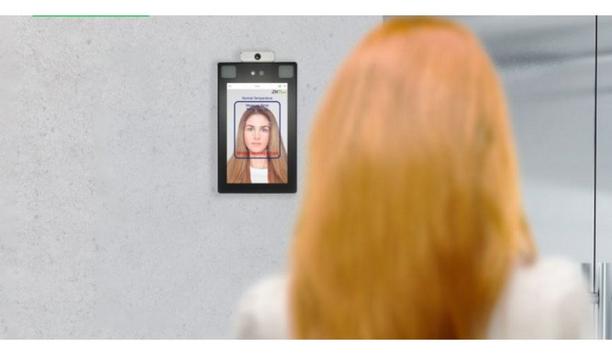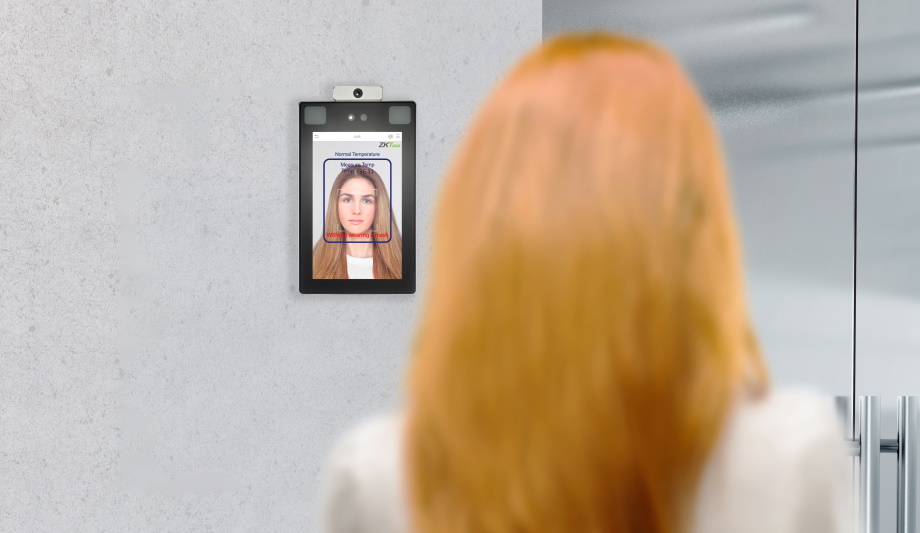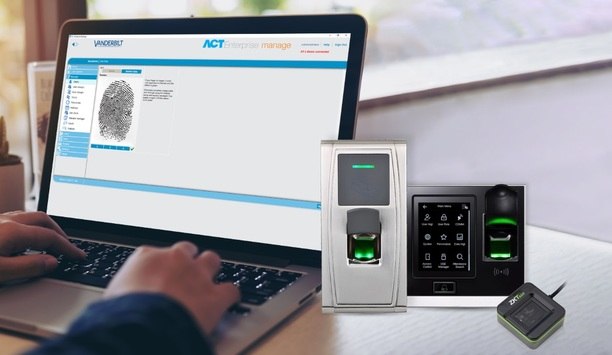Paul McCarthy

Paul McCarthy
Product Manager, Vanderbilt IndustriesPaul McCarthy is currently working in the capacity of Product Manager at Vanderbilt Industries. He has previously served as Product Project Manager at Jivo Technology and Organization Analyst at TNS Distribution. Paul is an alumnus of the prestigious Dublin Business School.
News mentions
Earlier this month, Vanderbilt introduced Facial Recognition Terminals into their access control portfolio. These products are touchless technology that enables skin temperature measurement and masked...
Vanderbilt, a provider of state-of-the-art security systems, announces the induction of Facial Recognition Terminals with Temperature Detection by ZKTeco into their access control portfolio. These pr...
Vanderbilt, globally renowned provider of state-of-the-art security systems, has announced the addition of three ZKTeco biometric readers into its access control portfolio. ZKTeco biometric readers...






































